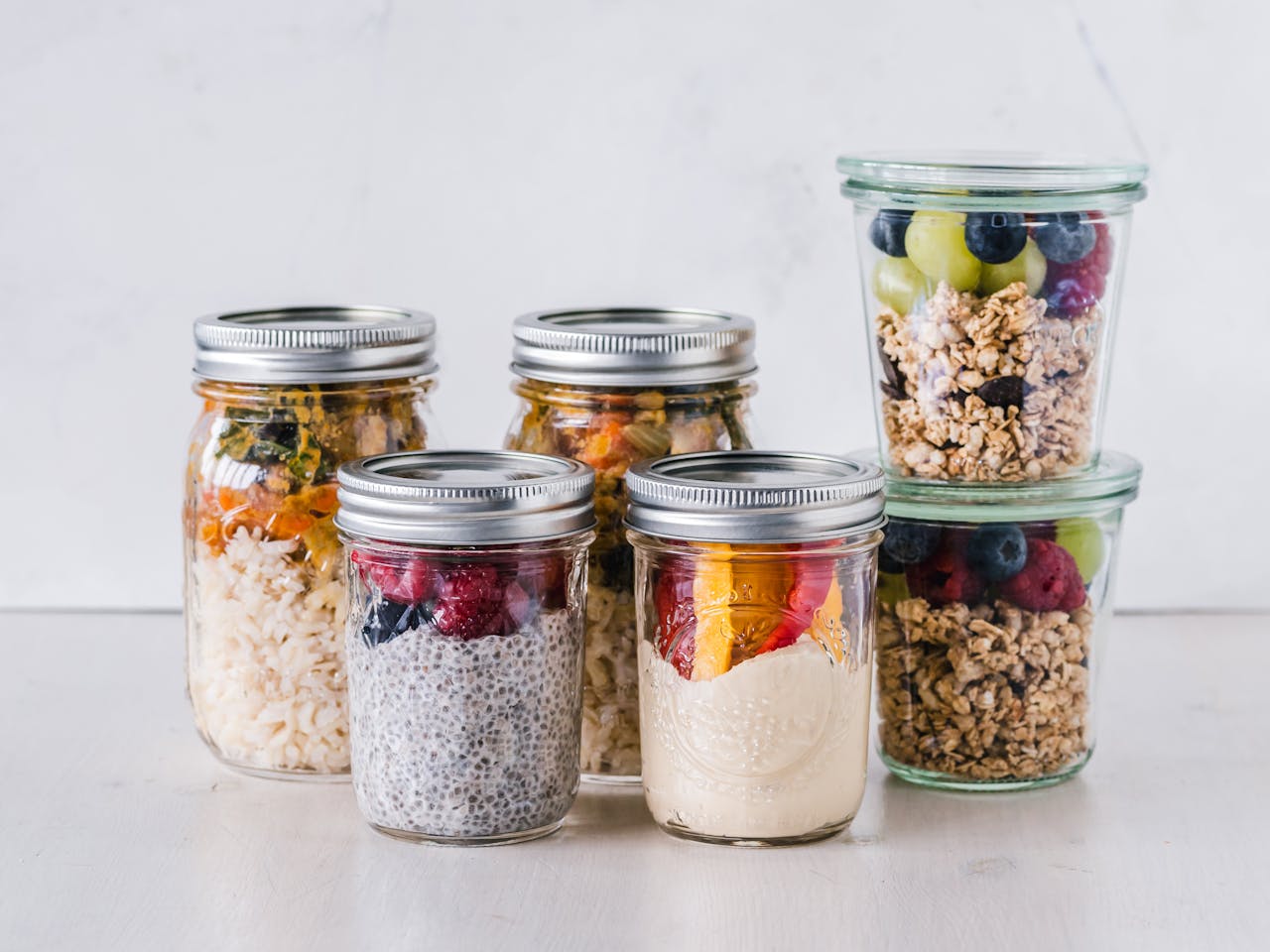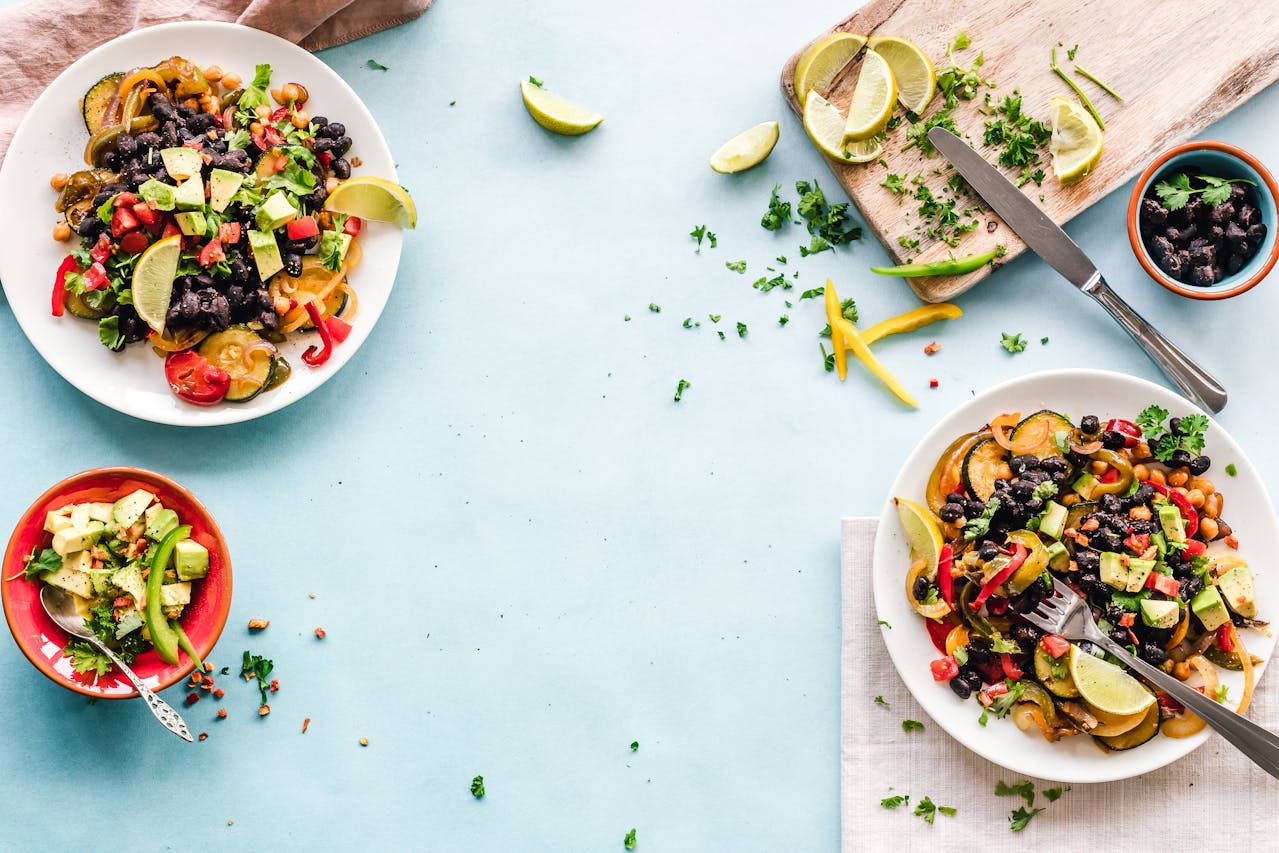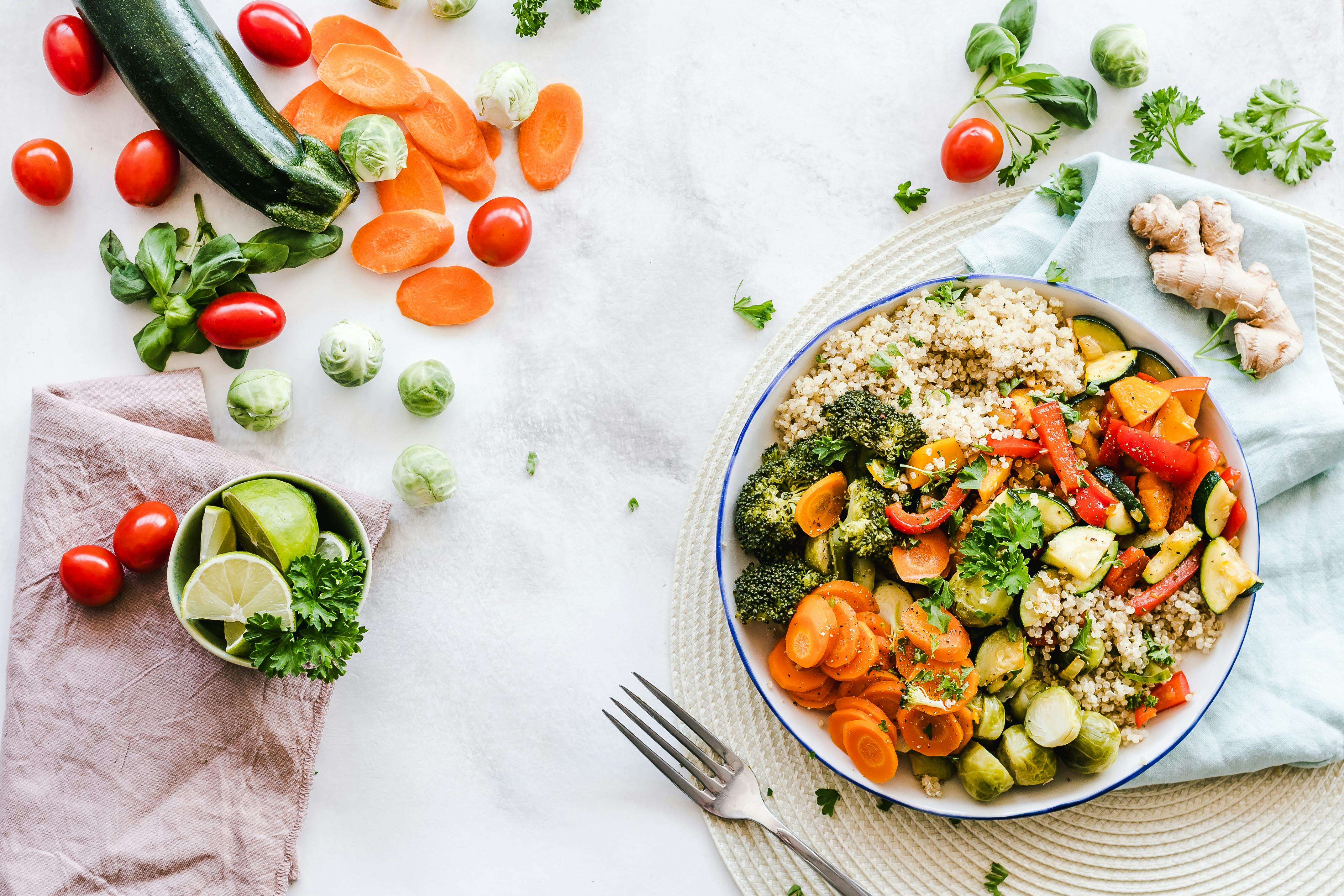Each meal is not just a set of products, it is a carefully thought -out mix of taste,
textures and nutrient components that provide us with energy and internal balance. One
of the key elements of such a mix is fiber. It is she who helps our diets to be
multifaceted, “rich” in perception and balanced in filling. In this material, we will
tell in detail what fiber is, what types of it exist, where it can be found, and also
share inspirational ideas to create saturated dishes for every day.
We understand the nature of fiber
Fiber is a set of complex plant polysaccharides that the human body does not break down
to simple sugars. It is thanks to this that it has a special effect on the texture of
the food mass and on the processes that go in our digestive system. The main feature of
the fiber is its ability to retain water, swell and form volume, which allows food to
move more slowly along the esophagus and the gastrointestinal tract.
Types of fiber: dense structure and soft filler
According to physicochemical characteristics, fiber can be divided into two main types:
- Insoluble fiber . It is represented by cellulose, hemicellulose
and lignin. It retains a hard shape, practically does not dissolve in water, but
perfectly absorbs it, swells and creates volume. In the daily menu, this type of
fiber helps to “increase the portion” of the beneficial mass, without changing the
calorie content.
- Soluble fiber . This includes pectins, beta-glucans, guar gum and
inulin. It “works” differently: dissolving in water, forms a viscous gel. This gel
envelops food particles, promotes a more uniform promotion of food sores and creates
a soft texture in the intestines.
The main sources of plant fiber
To enrich the diet with fiber, it is enough to turn on a few simple, but very effective
ingredients. Here are the key "donors" of fiber:
Whole grain products
Oatmeal, rye, barley, buckwheat, wheat bran, whole grain bread and pasta are the richest
source of both insoluble and soluble fiber. They have a characteristic “sand-grained”
texture and reveal the depth of taste in any breakfast or dinner.
Fruits and berries
Apples, pears, oranges, strawberries, raspberries, grapes, currants - they all contain
pectin and other soluble fibers. In addition, the peel of many fruits (for example,
apples and pears) is enriched with cellulose, so if possible it is possible to eat
fruits with the peel.
Vegetables and herbs
Carrots, beets, broccoli, cauliflower, zucchini, eggplant, onions, celery, spinach,
parsley and dill are sources of rough, insoluble fiber. They can be consumed raw in
salads, as well as baked, stew or steam - so they retain both the structure and the
saturated shade of the aroma.
Legal cultures
Beans, lentils, chickpeas, peas - valuable suppliers of both soluble and insoluble fiber.
Their texture varies from cream (in lentils) to dense and “granular” (in red beans),
which allows the dishes an interesting texture and harmony.
Nuts and seeds
Almonds, walnuts, flax, chia seeds, pumpkin seeds, sesame seeds - concentrated
"sandwiches" of plant structures. Despite their calorie content, they perfectly
complement the smoothies, yogurts, cereals and salads, turning each portion into a
fragrant and texturally saturated masterpiece.
How fiber enriches the menu
The inclusion of fiber in each meal brings many aesthetic and “tactile” advantages:
- The more pronounced "Game of Textures". Crushing whole grains next to soft avocados,
dense beans in combination with delicate puree of carrots - all this stains the
plate with new sensations.
- A variety of "mixing tastes." Fiber from fruits and berries exudes light sweetness,
and from vegetables - moderate bitterness and earthiness. Combining them, you can
get an amazing taste balance.
- Visual saturation of the dish. The fiber itself carries bright shades: green - at
spinach and broccoli, orange - in carrots and pumpkin, burgundy - in beets and
berries. This allows you to make "rainbow" plates.
- Long -term sense of "satisfaction." Fiber gives a volume, which allows you to
experience a feeling of "satiety" longer and avoid sharp changes in appetite during
the day.
Practical tips to include fiber in the diet
To enrich your menu with fiber easily and with pleasure, use the following techniques:
For breakfast
- Start morning with a portion of oatmeal on water or vegetable milk - add berries,
honey and a pinch of coriander.
- Make a smoothie from spinach, apple, banana and teaspoon of chia seeds to get a
balance of taste, color and texture.
- Beat whole -grain pankies with the addition of wheat bran and wipe them with
chickpeas of paste (humus) or fruit puree.
For lunch
- Cook broccoli and cauliflower soup, laying down beans or lentils as a “rough”
additive.
- Gather a large salad of fresh leaves of spinach, carrots, beets and grated apple -
season with olive oil and lemon juice.
- Boil buckwheat or yachk, fry with it champignons, stalks of celery and pieces of
carrots - you get useful stew.
For dinner
- Try baked vegetables (zucchini, eggplant, pepper) with spicy herbs and a small
number of whole -grains.
- Combine stewed beans with sweet potatoes and tomato sauce, decorating the dish of
parsley.
- Prepare a light “tower” of baked slices of beets, mozzarella and arugula, decorating
it with a balsamic cream.
As a snack
- Cook vegetable chips from thinly chopped carrots and beets, baking them to a crunch
in the oven.
- Mix nuts with dried berries (dried apricots, blueberries) and seeds in the format
"Trail Mix".
- Add ground flaxen seeds to yogurt or kefir, slightly sweetened with fruit puree or
honey.
Recommendations for a gradual increase in fiber share
Sharp jumps in the very content of fiber sometimes lead to the “system reaction”:
severity, unusual texture or temporary uncomfortable sensations. In order for the diet
to smoothly adapt to a new filling, follow the following rules:
- Increase the share of fiber products gradually - add in small portions every day.
- Follow the amount of fluid consumed, because fiber “loves” water and reveals its
properties better in a well -moistened environment.
- Combine different types of fiber: soft in the form of pectins, voluminous from whole
-grain and rough of vegetables.
An example of a daily menu with an emphasis on fiber
- Breakfast: oatmeal with pear, cinnamon and seeds of chia + berries
- Snack: chickpeas with paprika + fresh cucumber
- Lunch: broccoli and spinach soup + whole-grain bread
- Snack: three -colored smoothies (beets, apple, spinach) + linen seed
- Dinner: beans stewed with vegetables (zucchini, carrots, tomato) + a portion of a
bridal salad
Results: Harmony of taste, texture and internal fullness
Fiber does not limit the variety of diets - on the contrary, it enriches it. Due to its
ability to form volume, absorb aromas, give texture diversity and saturated shades of
taste, plant fibers become an integral “violin key” in the symphony of our dishes. The
gradual, but conscious inclusion of fiber in the daily menu emphasizes the concern for
the nuances of perception and pleases each meal with new gastronomic discoveries. Let
each piece and each spoon give pleasure, volume and saturation, while remaining easy and
joyful for mood.

 Top 10 Superfoods to Boost Your Immunity Naturally
Top 10 Superfoods to Boost Your Immunity Naturally

 The Ultimate Guide to Balanced Meals for Everyday Health
The Ultimate Guide to Balanced Meals for Everyday Health

 How to Read Food Labels for Better Nutritional Choices
How to Read Food Labels for Better Nutritional Choices

 Simple and Nutritious Plant-Based Recipes for Beginners
Simple and Nutritious Plant-Based Recipes for Beginners


Noah Reynolds